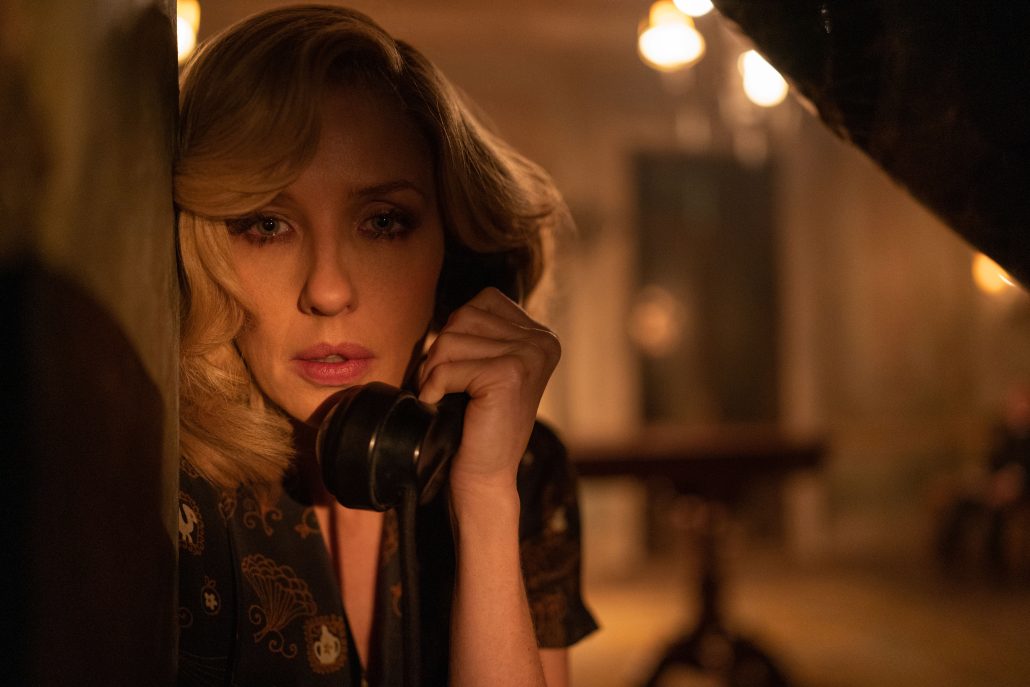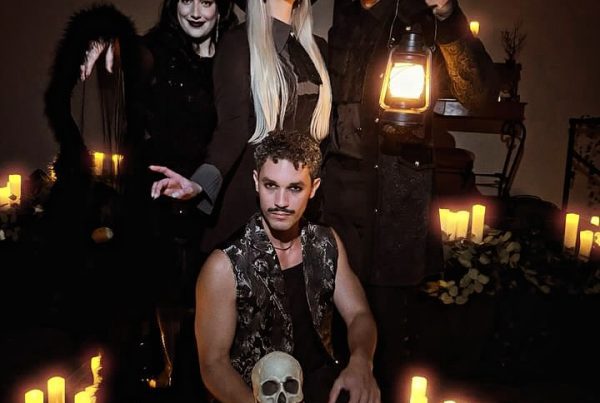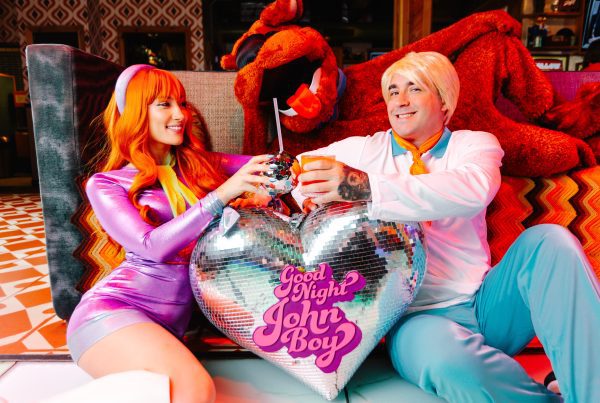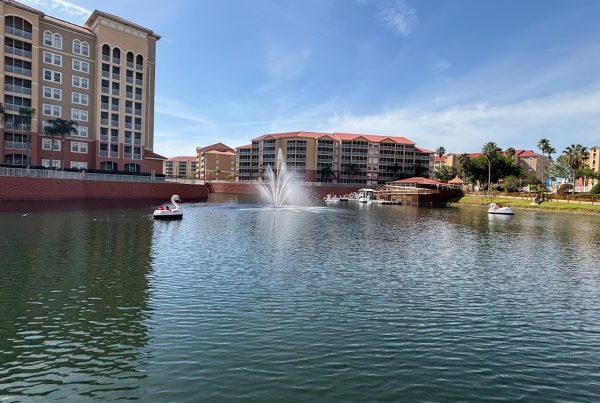The star of “A Haunting in Venice,” the latest Agatha Christie adaptation to earn a wide release, isn’t actor-director Kenneth Branagh, despite the scene-filling curves and twitches his signature Hercule Poirot ‘stache. It’s the setting itself that runs away with the movie.
This is both blessing and curse when you shoot a film in the Floating City; its singular beauty all but overwhelms the quotidian human drama happening inside it. David Lean’s “Summertime,” from 1955, is a terrific movie, but I remember Katharine Hepburn’s romantic adventures far less than its Venetian travelogue in full flower.
So it is with “A Haunting in Venice,” whose most memorable images constitute the movie’s opening third, before it becomes all too housebound. It’s Halloween night in 1947, and revelers in cloaks and masks parade down the canals in ghostly gondolas, the mist enveloping the atmosphere, thinning the veil. The bustle is exciting, despite and because of the danger pulsating through the streets and waterways.
As an image-maker and vibe creator, Branagh is an economical, calculated craftsman, achieving everything he needs and nothing more from the candlelight and gothic shadowplay of Haris Zambarlouokos’ cinematography. Branagh and his D.P. discover the shape of a serpent in the undulations of a fallen chandelier. Insert shots of bells tolling and a taxidermied owl casting judgment from inside its bell jar contribute to the eerie ambience.

But the story? For all of its lavish and site-specific details, it’s ultimately a routine genre exercise. Ariadne Oliver, a mystery writer and Agathe Christie on-page avatar gamely portrayed by Tina Fey, approaches the retired Poirot with a delectable new case: Join her for a séance following a Halloween party in a historic palazzo, and debunk the medium (Michelle Yeoh) leading the ceremony. Seduced by the idea of exposing a charlatan, Poirot wearily agrees, only to find himself immersed in a fresh double-murder case in a haunted house on a stormy night, where in true Christie fashion everyone is a suspect and no one can leave.
“A Haunting in Venice” may seem a relief to viewers weaned on the most-watched detective stories of the last few years, “Knives Out” and its sequel, with their too-cute postmodern cheek. Branagh is a classicist by comparison; he’s not out to remix or reimagine a murder mystery in a haunted house but to revive an old tradition. For all its jump scares and other supernatural elements, “A Haunting in Venice” owes much to sturdy whodunits like “Clue.”
The problem—in addition to a pace that drags in parts—is that, after its initial burst of Venetian effervescence and moonlit grandeur, the movie is all business. Poirot, thrown off balance by phenomena he can’t explain, may wrestle with personal questions of belief in his rigidly scientific approach, but this patina of character depth obscures the fact that nobody in the movie has anything like a rich inner life. Unlike a truly deep and genre-bending take on the big-screen mystery, like “Gosford Park,” everybody feels tokenized and pigeonholed, and as a result we don’t particularly care about anybody or, ultimately, who done it. When the secret is finally revealed, I could feel a collective shrug ripple through the audience at this week’s press screening. Poirot simply did his job, and Branagh did his.
“A Haunting in Venice” opens Friday, Sept. 15 at most area theaters.
For more of Boca magazine’s arts and entertainment coverage, click here.







